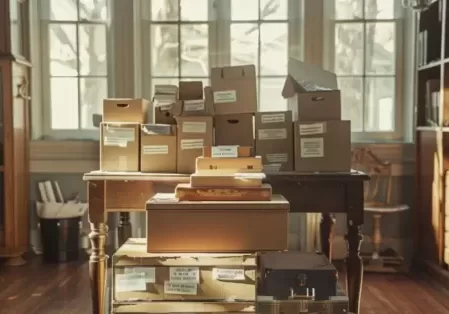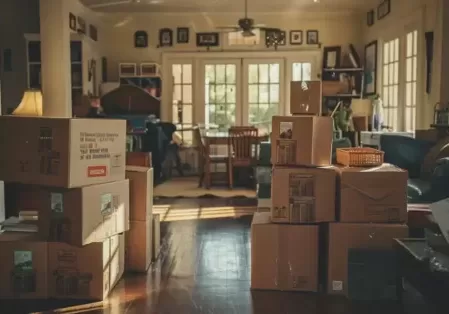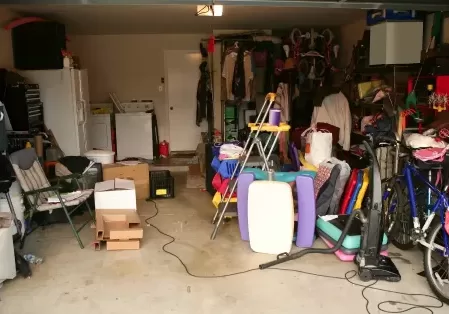What Is Junk Removal? Everything You Need to Know
Let’s face it, junk removal is an essential solution when stuff piles up. Old furniture, unused appliances, and stacks of unwanted junk can quickly take over your home or office, causing stress and even contributing to environmental issues. Junk removal helps address these problems by focusing on responsible methods for handling clutter.
Many junk removal companies emphasize eco-friendly practices, offering a reliable way to manage items that don’t belong in your regular trash. By working with junk haulers, you can save time and energy while ensuring your items are recycled, donated, or properly disposed of in a sustainable manner.
In this article, we are going to discuss everything about junk removal so you will know how it can help you get rid of unwanted items effectively and responsibly.
What Is Junk Removal?
In simple terms, junk removal is the process of getting rid of items you no longer need from your home, office, or construction site. It’s all about decluttering and creating a cleaner, more sustainable environment. Beyond just tossing stuff in the trash, junk removal experts focus on responsible disposal, recycling, and donation to minimize waste.
How Does Junk Removal Work?
Steps in the Junk Removal Process
Here’s a quick rundown of how junk removal typically works:
- Estimation: Most companies offer free estimates. They’ll assess how much junk you have, often using photos or an on-site visit, to provide an accurate quote.
- Removal and Transportation: Once you’ve agreed to the estimate, the crew will professionally and safely handle the collection of junk items. They’re trained to move items efficiently, minimizing damage to your property.
- Disposal and Recycling: After the junk is collected, it’s sorted. Items that can be reused or donated are separated out, while the rest is responsibly disposed of.
Factors Affecting Costs
When it comes to pricing, here’s what you need to know:
Average cost: Prices typically range from $99 for removing a single item to $849 for filling up a truck. The final cost depends on factors such as the volume and type of junk you need to dispose of.
Factors that can influence the price include:
- Volume of Junk: How much space your junk takes up in the truck.
- Labor and Materials: Some companies include labor and materials in their pricing, which helps avoid hidden fees.
- Specialty Items: Items like hot tubs, safes, pianos, tires, or refrigerators may require extra manpower or equipment, leading to additional charges due to increased disposal costs.
- Location and Accessibility: Hard-to-reach areas, such as basements or tight staircases, can increase costs due to the added effort required.
- Special Equipment Needs: If specific tools are needed, like for demolition or oversized items, that may also bump up the cost.
When you need to get rid of junk, the junk removal industry offers solutions that save you time and energy.
Pricing Structure for Junk Removal
Junk removal pricing isn’t one-size-fits-all. Here’s how it’s usually structured:
- By Volume: Companies charge based on how much space your junk takes up in their truck. Common options include a full truckload, half-load, or per cubic yard.
- By Item: Some services have fixed rates for items like mattresses, appliances, or furniture. Larger items might come with extra fees.
- By Hour: For time-intensive jobs, such as demolitions, hourly rates may apply. This can be ideal for custom or extensive projects.
Types of Items That Can Be Hauled Away
Common Items Junk Removal Companies Take
Most junk removal services handle a wide array of items, including:
1. Furniture:
- Sofas, loveseats, and sectionals
- Chairs, recliners, and ottomans
- Tables, desks, and bookshelves
- Mattresses, bed frames, and dressers
2. Appliances:
- Refrigerators and freezers
- Washing machines and dryers
- Stoves, ovens, and microwaves
- Dishwashers and air conditioners
3. Electronics:
- Televisions and monitors
- Computers, laptops, and tablets
- Printers, scanners, and fax machines
- Gaming consoles and entertainment systems
4. Yard Waste:
- Branches, shrubs, and tree clippings
- Soil, mulch, and garden debris
- Outdoor furniture and broken lawn equipment
5. Construction Debris:
- Wood, drywall, and plaster
- Bricks, tiles, and concrete
- Roofing materials and shingles
- Scrap metal, pipes, and insulation
6. General Household Items:
- Clothing and textiles
- Toys, books, and board games
- Decorations and holiday items
- Broken or outdated home goods
Keep in mind: The professional junk removal services in your area should be able to take almost all items except chemicals and hazardous materials. Be cautious if a hauler accepts hazardous materials, as handling these requires additional insurance and licensing, which most services do not cover.
Items That Cannot Be Removed
There are a few exceptions. Junk removal services typically won’t handle the following:
- Hazardous chemicals
- Paints
- Batteries
- Medical waste
These restrictions are in place for legal and safety reasons, so it’s best to contact specialized services for these materials.
Sustainable Junk Removal: Reducing Impact on Land and Water
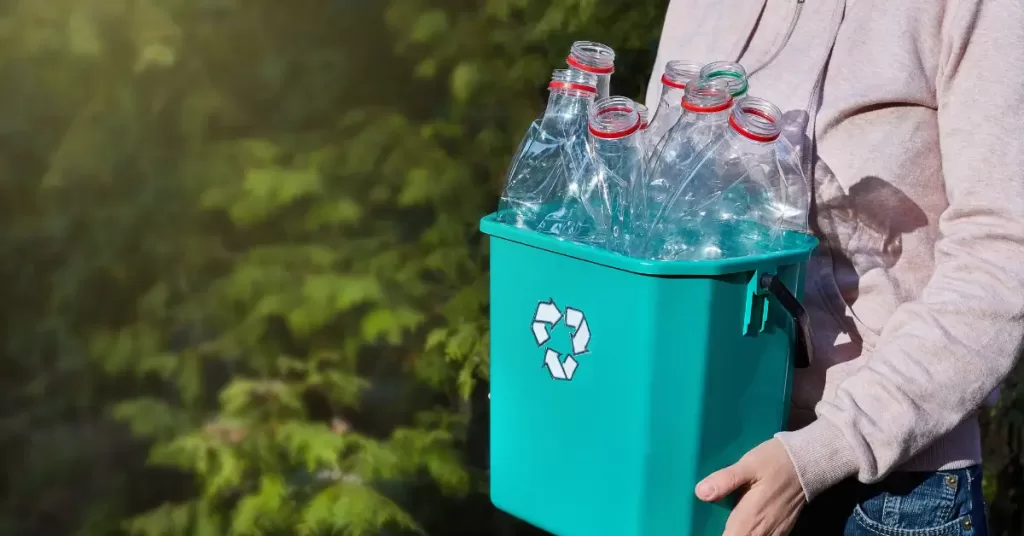
What Can Be Recycled?
Recycling is a cornerstone of sustainable junk removal, turning unwanted materials into valuable resources and reducing environmental harm. While it’s widely known that metals, electronics, and plastics are recyclable, understanding the nuances of recycling can enhance your efforts.
1. Electronics and E-Waste: Items like old computers, smartphones, and televisions contain valuable metals, such as gold, copper, and silver, which can be reclaimed through recycling. Proper recycling of e-waste also prevents hazardous substances like lead or mercury from polluting the environment.
2. Household Appliances: Many appliances, including refrigerators, microwaves, and washing machines, can be recycled. These items are often dismantled for metal, plastic, and glass components, while refrigerants and other chemicals are responsibly disposed of.
3. Textiles and Fabrics: Clothing, linens, and other fabrics can often be donated or repurposed into new products like insulation, rags, or carpeting materials. Recycling textiles reduces landfill waste and conserves resources used in textile production.
4. Construction and Demolition Materials: Concrete, wood, bricks, and metal from renovation or demolition projects are commonly recyclable. These materials can be processed for reuse in construction, reducing the need for raw materials and supporting circular economy practices.
5. Specialty Items: Batteries, fluorescent bulbs, and tires are recyclable through specialized programs. These items require careful handling to prevent environmental contamination and ensure safe recovery of reusable materials.
Pro Tips for Maximizing Recycling:
- Organize Items by Type: Sorting materials like metals, plastics, and electronics before recycling makes the process more efficient.
- Check Local Guidelines: Recycling policies vary by location. Familiarize yourself with local rules to ensure your items are accepted.
- Clean Recyclables: Rinsing out food containers and other items prevents contamination and increases their recycling potential.
By expanding your understanding of what can be recycled and taking steps to prepare your items responsibly, you not only declutter your space but also play an important role in reducing landfill waste and conserving natural resources.
Junk removal companies simplify the process by handling the organizing, following regulations, and ensuring proper recycling for you.
The Environmental Impact of Landfills
Landfills are a significant environmental challenge, with over 2.01 billion metric tons of waste generated globally each year. As this waste decomposes, it releases harmful greenhouse gases and toxins into the soil and groundwater, impacting ecosystems and human health. With global waste expected to nearly double by 2050, reducing what ends up in disposal sites is crucial.
By recycling more and managing waste responsibly, we can help minimize landfill growth and its environmental impact, contributing to a healthier planet for future generations.
Ocean Trash and Its Effects
Marine debris, particularly plastics, poses a significant threat to ecosystems and marine life. It harms wildlife, damages habitats, and disrupts coastal and oceanic environments. This pervasive issue affects the environment, human industries, and communities, with economic losses to fishing and maritime sectors and risks to human health and safety.
Reducing single-use plastics and ensuring proper disposal of junk are simple yet effective ways to help combat this global issue. By taking these actions, we can reduce the impact of marine debris and protect the health of our oceans, coastal areas, and communities.
Benefits of Hiring a Professional Junk Removal Service
Hiring a professional junk removal service has numerous advantages beyond convenience. Here are some key benefits:
1. Time-Saving Efficiency
Professionals handle the entire process quickly and efficiently, from sorting to hauling and disposal. This saves you the hours or even days it could take to manage junk removal on your own, especially for large or complex projects.
2. Safety and Expertise
Junk removal involves lifting heavy, bulky items and navigating tight spaces, which can lead to injuries if not done properly. Professional crews are trained and equipped to handle these tasks safely, minimizing the risk of damage to your property or harm to yourself.
3. Responsible Disposal
A reputable junk removal service prioritizes eco-friendly practices. They ensure recyclable items are sent to recycling facilities and usable goods are donated, reducing landfill contributions and supporting sustainability.
4. Stress-Free Convenience
From start to finish, professionals take care of the details. You don’t need to worry about renting a truck, organizing transport, or figuring out where to dispose of items. It’s a hassle-free solution tailored to your needs.
5. Access to Specialized Equipment
Some junk, such as hot tubs, pianos, or construction debris, requires special tools and techniques for removal. Professional services have the necessary equipment to handle these challenges safely and effectively.
What to Consider When Choosing a Junk Removal Company
Picking the right junk removal service is key to ensuring a smooth experience. Here’s what to look for:
Pricing and Customer Service
- Clear pricing with no hidden fees
- Free estimates upfront
- Friendly and professional team
- Reliable scheduling and on-time arrivals
- Flexibility to accommodate special requests
Environmental Priorities
- Commitment to recycling and donating items
- Transparency about where your junk goes
- Eco-friendly practices to reduce disposal site waste
Final Thoughts on Junk Removal
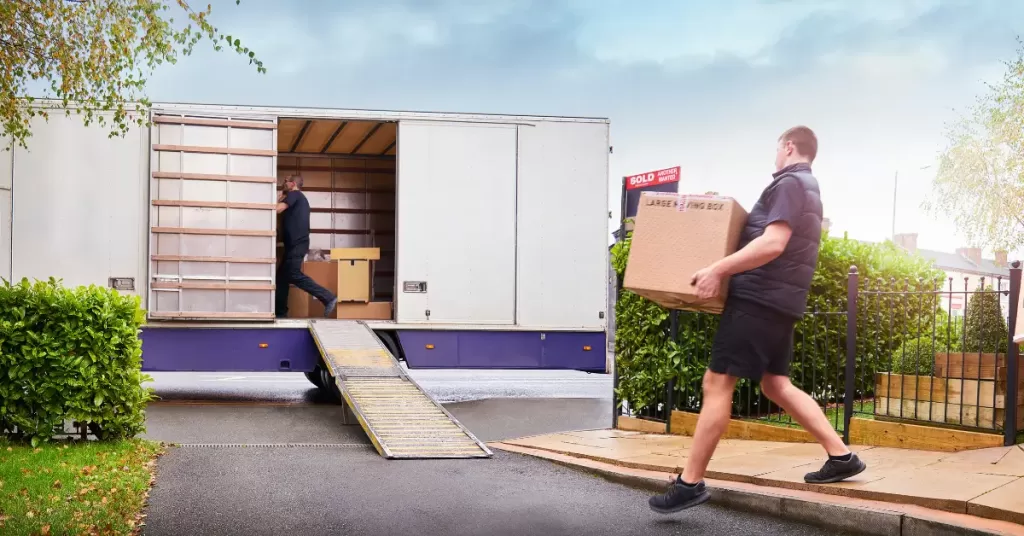
Junk removal is more than just clearing clutter—it’s a vital step toward creating a cleaner, safer, and more sustainable environment. Whether you’re reclaiming space in your home, supporting eco-friendly practices, or ensuring proper disposal of unwanted items, junk removal offers a simple, efficient solution.
If you’re looking for fast, efficient, and eco-friendly service, the right junk removal company, like Spartan Junk Removal, is here to help. Our team handles everything from heavy lifting to responsible recycling and donation, taking the hassle out of the process.
By choosing Spartan Junk Removal, you’re not only improving your immediate surroundings but also contributing to global efforts to reduce landfill waste and protect our planet for future generations.
FAQs: Your Guide to Junk Removal Services
What Is Junk Removal, and How Does It Work?
Junk removal is a service that helps you reclaim your space by safely and efficiently removing unwanted items from your home, office, or construction site. It involves assessing your junk, providing a quote, and ensuring proper disposal or recycling.
What Are Junk Removal Companies?
These businesses specialize in hauling unwanted items, offering services that prioritize recycling, donation, and eco-friendly disposal.
What Makes Eco-Friendly Junk Removal the Best Option for Getting Rid of Junk?
Choosing eco-friendly junk removal ensures your items are recycled or donated whenever possible, reducing landfill waste and supporting sustainability. If you have a lot of junk to clear, an environmentally conscious approach is not just efficient but also beneficial for the planet. Let us haul it away while minimizing environmental impact.
Should You Tip Junk Removal?
Tipping isn’t mandatory, but it’s a thoughtful way to show appreciation for the crew’s hard work, especially if they handle heavy, bulky items or go above and beyond to ensure your junk removal process is smooth and efficient.
What Items Do Junk Removal Companies Take, and What Can’t They Remove?
Items junk removal services take include furniture, appliances, electronics, yard waste, and construction debris. However, they typically won’t accept hazardous materials like paint, chemicals, or medical waste. If you need help deciding if your items qualify, give us a call, and we’ll guide you on the best options.
What Are the Benefits of Hiring a Junk Removal Service?
You can benefit from junk removal services by saving time, reducing stress, and ensuring your items are responsibly recycled or donated. Hiring a junk removal company also helps you safely handle clutter or bulky junk items without the risk of injury or damage to your property.


